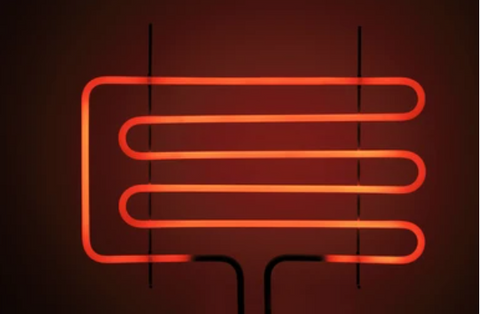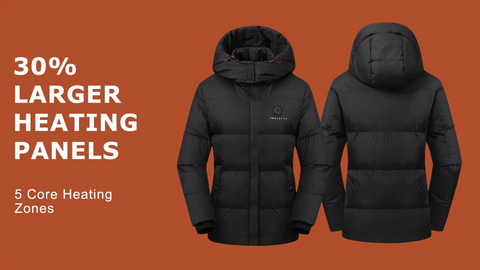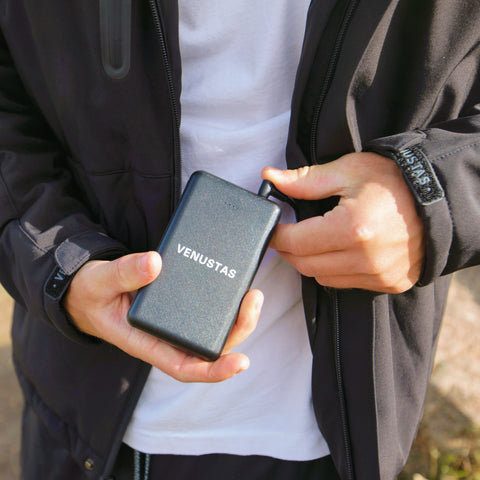Does the Material of the Heated Jacket Affect Thermal Conductivity?

The Venustas heated jackets are famous for their heating system, consisting of 3-6 heating elements. Connected with the battery pack, the heat is transferred by the heating zones placed in your body core, such as the chest, middle back, shoulders, lower back, and pockets to warm your upper body.

During use, the battery powers the heating element. The heating elements generate and distribute heat around the jacket. Padding and insulation keep the generated heat inside the jacket, making the process more efficient. So, the material of the heated jacket is critical if you want to invest a battery-operated jacket. Premium material can lock the heat inside the clothes, and the warmth would not lose in a short time.

Why Material Can Affect Thermal Conductivity?
Thermal conductivity, alternatively termed as heat conduction, refers to the ability of the material to transfer or conduct heat. Various factors influence thermal conductivity, such as temperature differential, cross-sectional area of heat conductors, duration of heat transfer, and thickness of the conductive material.

The composition of the material does not solely determine its thermal conductivity, as environmental factors like temperature, humidity, and pressure also play a role. The density and humidity of the material are the primary determinants of thermal conductivity. Normally, lower density materials have lower thermal conductivity while higher density materials show higher thermal conductivity.

Normally, clothing made out of materials with low thermal conductivities are excellent choices for cold weather, since they do not easily transport our body heat to the environment and therefore help to keep us warm!
3 Types of Heated Jacket in Different Material
When selecting a heated jacket, it is advisable to take the materials into consideration because it is made to ensure maximum comfort. Typically, fleece, canvas, nylon, polyester, or others are utilized in most heated jackets because these material with low thermal conductivity perform better in thermal aspect. Additionally, the wind and water-resistant ability with a heated jacket should be considered if you want to explore the outdoor in cold days or cold areas.
Concerning clothing, heat transfer mainly depends on some factors such as the thermal conductivity of the clothing material, the fabric volume content, as well as the fabric construction. Thermal conductivity is a crucial thermal attribute of fabric because it directly affects its breathability. Fabric with a lower thermal coefficient is not easy to cause heat loss, which enables users to be wrapped in warmth for long periods.

Conclusion:
If your routine involves frequent exposure to extremely cold environments, it would be wise to invest a highly insulated, heated coat. Our article intends to provide helpful information that may assist you in selecting the most fitting option.
Follow us on Facebook and Instagram.
Join our Group on Facebook to get more discount information on Venustas.
Read Venustas heated jacket manual: